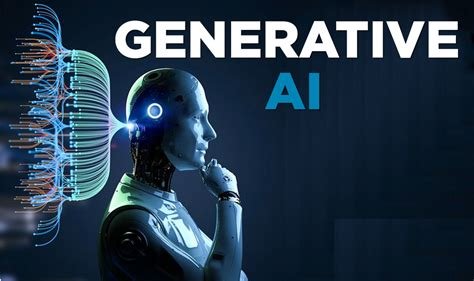The Role of Generative AI in NFT Value Creation
The Role of Generative AI in NFT Value Creation
The Non-Fungible Token (NFT) market has experienced explosive growth over the past two years, with prices increasing exponentially and collectors clamoring for rare digital assets. As the demand for unique digital content continues to rise, a new breed of artist is emerging: those leveraging generative artificial intelligence (AI). Generative AI tools have become increasingly sophisticated, enabling artists to create intricate, one-of-a-kind NFTs that are not only aesthetically pleasing but also possess unique value.
What are NFTs?
Non-Fungible Tokens, or NFTs, are digital collectibles that represent a specific item, such as a piece of art, music, video, or even a unique collection of assets. Unlike cryptocurrencies, which are interchangeable and fungible (i.e., one is equivalent to another), NFTs are rare, unique, and non-cancelling – meaning once created, they cannot be replicated.
The Rise of Generative AI in NFT Creation
Generative AI has been instrumental in the creation of many NFTs. These tools use complex algorithms that analyze vast amounts of data, including images, music, and text, to generate unique digital content. The resulting outputs are highly customized, making each generated piece truly one-of-a-kind.
How does Generative AI work?
Generative AI works by using a combination of machine learning techniques, such as neural networks and natural language processing (NLP), to analyze input data. This allows the algorithm to generate new content that is similar to the original but with unique variations.
In the case of NFTs, generative AI can be used to create:
- Art: Generative art tools can produce intricate, high-resolution images or paintings with complex textures and patterns.
- Music: AI-generated music can take various forms, from melodic compositions to rhythmic beats.
- Text: Generative text tools can create unique poems, stories, or even entire scripts for digital theater productions.
The Benefits of Using Generative AI in NFT Creation
Generative AI offers several benefits when it comes to creating NFTs:
- Increased creativity

: By automating the process of generating new content, artists can focus on higher-level creative decisions.
- Unique value: Each generated piece is unique and cannot be replicated or sold multiple times.
- Diversification: The use of generative AI allows artists to experiment with different styles and themes without worrying about duplication.
Case Studies: NFTs created with Generative AI
Several artists have successfully used generative AI tools to create stunning NFTs. For example:
- Sorare
: This blockchain-based fantasy football platform uses AI-generated cards featuring unique illustrations and statistics.
- Arianna Huffington’s The Conversation: The entrepreneur and founder of Thrive Global has created a series of AI-generated digital art pieces using her own image.
Challenges and Limitations
While generative AI has opened up new creative possibilities for NFTs, there are several challenges and limitations to consider:
- Quality control: Ensuring that generated content meets artistic standards can be difficult.
- Consistency: Maintaining the same level of quality and consistency across multiple pieces can be a significant challenge.
- Ownership and provenance: The question of ownership and provenance for AI-generated content remains unclear.
Conclusion
Generative AI has revolutionized the world of NFT creation, offering artists unparalleled opportunities to produce unique digital content. By leveraging these tools, collectors are able to purchase truly one-of-a-kind pieces that possess value and rarity.